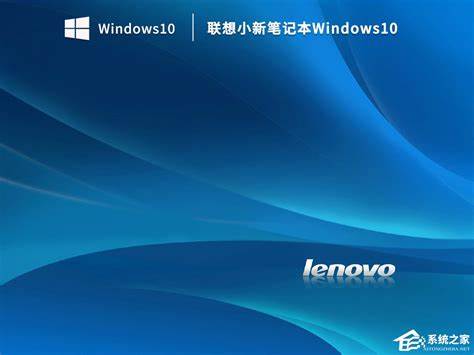笔记本电脑开不了机的处理办法
作者:励仲湃 | 发布日期:2024-09-24 05:45:56
Solution:
1. Battery failure: If the system time in CMOS is inaccurate, it may be that the motherboard battery has failed, causing the computer to call CMOS default parameters. If the computer hardware environment does not match, the computer cannot start normally. You can purchase the motherboard battery to replace it, then turn on the computer and pre ss the DEL key (F2 or other designated hotkeys for notebooks) to enter the CMOS interface, reset the correct parameters, and finally pre ss F10 to save, exit and restart.
2. Configuration error: This situation may also occur because the manually configured CMOS parameters do not match the local hardware environment. Under normal circumstances, you can pre ss the F1 key to skip non-fatal errors and start the computer directly according to the white text prompt information on the black background, or pre ss the DEL key to enter CMOS, then pre ss F9 to load pre defined parameters or select LoadOptimizedDefaults (load high-performance defaults). Default value) or LoadFail-SafeDefaults (load fail-safe default value), and then pre ss F10 to save, exit and restart.
3. Hardware failure: If the above operations are invalid, it means there is a problem with the hardware. Generally, the memory and hard disk are in poor contact or the hard disk master boot record is damaged. The memory needs to be re-plugged or unplugged. Hard drive, or repair the hard drive master boot record or reinstall the system or replace the hard drive.
Data expansion:
Computer hardware is composed of many modular components with different functions, and is With the cooperation of the software, the four operating steps of input, processing, storage, and output are completed.
In addition, they can be divided into 5 categories according to their different functions. 1. Output devices (monitors, printers, speakers, etc.) 2. Input devices (mouse, keyboard, camera, etc.) 3. Central processing unit 4. Storage (memory, hard disk, CD, U disk, memory card, etc.) 5. Motherboard (Coordination between various components is an important connection carrier).
